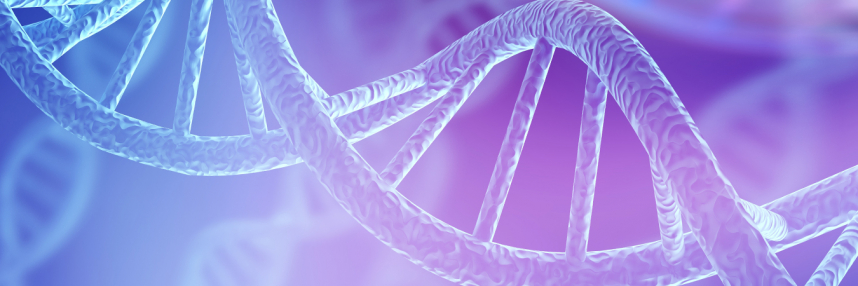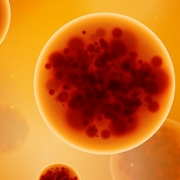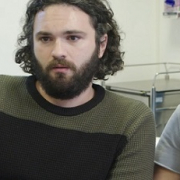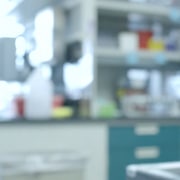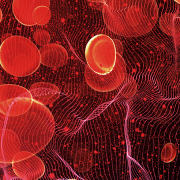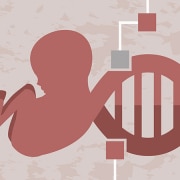Genomic technologies: where are we now?
Our ambitions for our patients are only as good as our methodologies. We take a look at the technology that underpins the revolution
The world of genomics is constantly evolving.
The structure of DNA was discovered in 1953, but it took a further 20 years to be able to reliably determine the order of the bases (the DNA sequence) within it — in other words, to ‘read’ the genetic code. The method used to do so is now called Sanger sequencing. Though it is still accurate, by modern standards it is slow and expensive, so it has been succeeded by other technologies (though still has some clinical applications).
Looking at the number and structure of chromosomes themselves, known as Karyotyping, has been available since the 1950s, and, although still used clinically, it can only be used to detect large deletions, duplications and translocations of all or part of chromosomes, known as structural variants.
Where we are today
Scientists, technologists and health professionals today have a wide variety of technologies and testing methods at their disposal.
Massively parallel sequencing (MPS) – the ability to ‘read’ millions of fragments of DNA at the same time – has revolutionised the world of genomic testing in recent years by dramatically reducing its cost and increasing its speed, meaning it is today a practical option. The ability to analyse genes concurrently, rather than gene by gene, both reduces time and can increase the chance of diagnosis.
Other technologies include the ability to detect smaller structural variants in the genome using microarrays and fluorescent in situ hybridisation (FISH). These both use fluorescent probes that bind to parts of the genome allowing the presence or absence of variants to be determined, and, in the case of FISH, where variants are on the chromosomes.
With more sensitive genomic sequencing technologies and advanced laboratory processing, we are also now able to isolate and sequence DNA where we couldn’t before. Non-invasive prenatal genetic testing (NIPT) and diagnosis (NIPD) work by analysing fetal DNA that is shed into the mother’s blood. This means that genomic testing in pregnancy can now be carried out without performing more invasive procedures such as amniocentesis, which has revolutionised prenatal care.
Meanwhile, in cancer, we can detect some types of circulating tumour DNA in the blood. This is currently clinically restricted to a single test in some non-small cell lung cancer patients. Research into other applications is well underway, however, as part of several large-scale national trials within the NHS. Potential applications include early detection of cancer, monitoring the efficacy of treatment and surveillance for reoccurrence of cancer.
What might the future hold?
More applications for existing technologies will undoubtedly be found, and there are new methods that are widely thought to be just around the corner for the NHS. Take, for example, RNA sequencing and long read sequencing.
RNA is most well-known as the molecule that is transcribed from DNA and then translated into proteins. However, some RNA molecules aren’t translated and instead have regulatory roles.
RNA sequencing (the ability to ‘read’ the RNA rather than DNA) may be particularly useful for detecting particular variants in cancer patients that can’t easily be identified using DNA sequencing; for patients with a strong suspicion of a rare genetic disorder, in whom all DNA sequencing options (including whole genome sequencing (WGS)) have been exhausted; and for studying a range of types of regulatory RNAs. In these cases, RNA sequencing detects functional molecules in the tissue – not all possible RNA molecules are present in all tissues, but a patient’s DNA is the same in nearly all their cells. RNA sequencing comes with particular technical challenges though, most notably that RNA is more unstable than DNA so degrades faster and needs even more careful handling.
Long read sequencing has technical advantages over short-read sequencing (which is the kind of technology used in both Sanger sequencing and massively parallel sequencing more broadly) for the detection of specific types of genetic variants, particularly repetitive regions. It can sequence long strands of DNA or RNA in one go, without breaking it up into smaller fragments. It has played an important role in producing the most complete human reference genome sequence, by enabling sequencing of regions that short-read sequencing struggles with. It is likely to be used in the same way clinically, for example detecting complex structural variation or conditions such as Huntington disease that are caused by an increased number of small variant repeats (CAG repeated many times, in the case of Huntington disease).
If you would like to learn more about the technologies and methods of analysis used in the NHS today, you can browse the technologies section of our GeNotes knowledge hub. We also have a short course covering key genomic tests.


